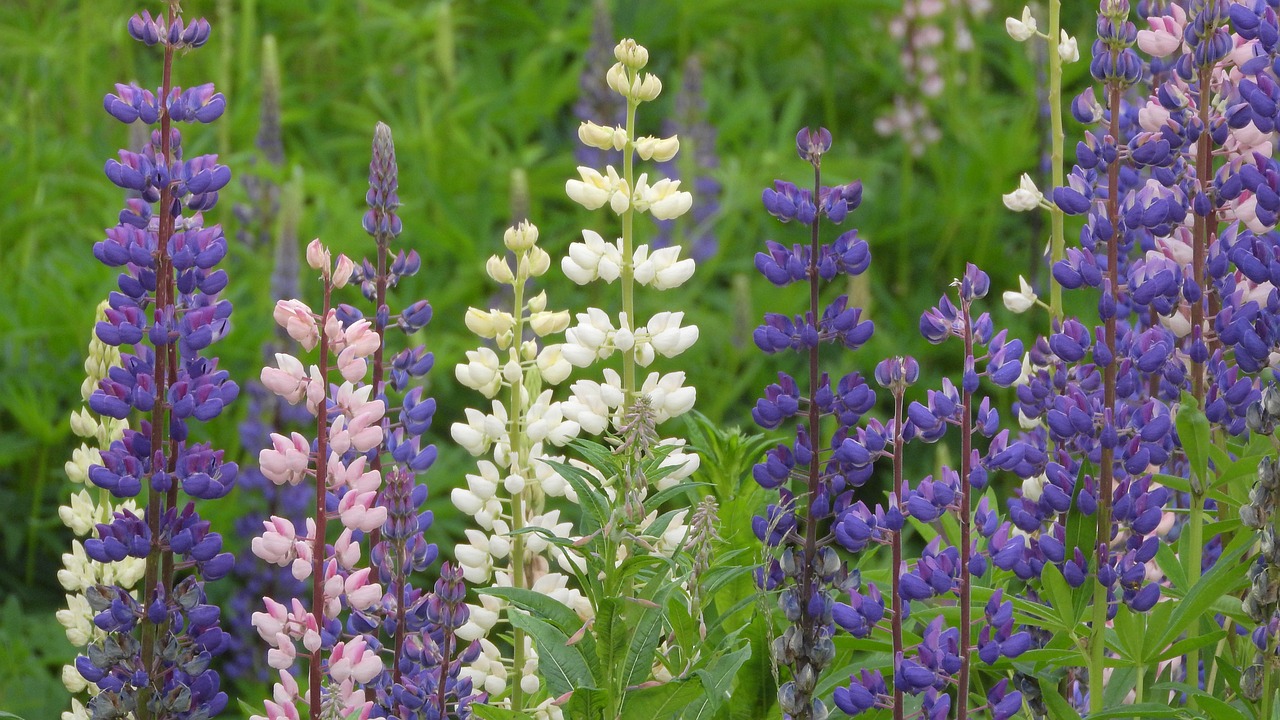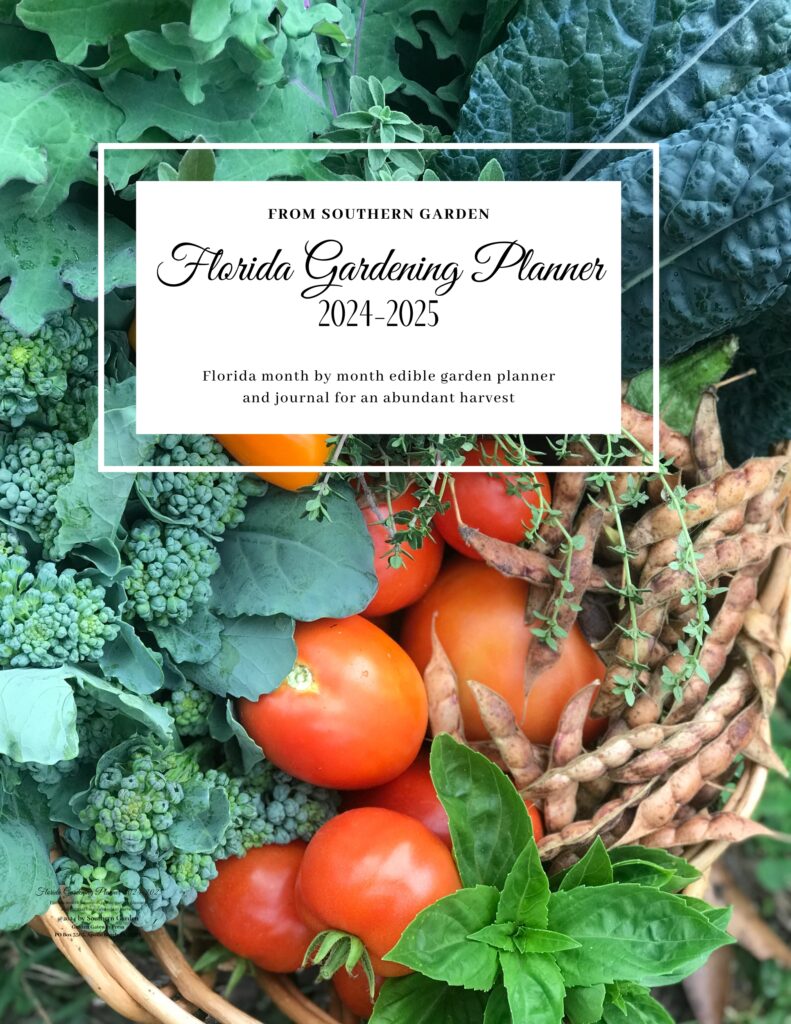Wild Lupine (Lupinus perennis) is a native North American perennial wildflower that adds beauty and ecological value to gardens and natural landscapes. Growing Wild Lupine requires a little patience, but you’ll be rewarded in the end.
This charming plant belongs to the Fabaceae family and features stunning spikes of pea-like flowers that vary in color from blue to purple.
Its adaptability to a range of climates makes it an attractive choice for gardeners in various zones and seasons.
Wild Lupine is known for its vibrant blue, purple, or occasionally white flowers, which bloom from late spring to early summer.
It thrives in well-drained soils and is a valuable host plant for the endangered Karner blue butterfly. Depending on your USDA hardiness zone, Wild Lupine can be grown as a perennial or biennial.
Suitable Zones: Wild Lupine generally grows well in USDA hardiness zones 3 to 9, although it can also thrive in zones 10 to 12 in specific conditions. In Zones 10 to 12, it will require a bit more protection from the harsh sun and high heat.

When to Start Wild Lupine Seeds
Start Wild Lupine seeds in the winter to plant out in the spring. You can also directly sow them into the garden in the late fall.
The timing for starting Wild Lupine seeds varies according to your USDA hardiness zone:
Zones 3-5: Sow Wild Lupine seeds indoors or under cover in late winter or early spring, roughly 8-12 weeks before the last expected frost date.
In Zones 6-8: Begin indoor seeding in late winter to early spring, approximately 6-8 weeks before the last expected frost date.
Zones 9-12: In these warmer zones, it’s best to sow Wild Lupine seeds directly in the garden in the fall or early winter. You can start them indoors in the deep winter to plant out in very early spring.
Cold Stratification
Wild Lupine (Lupinus perennis) seeds benefit from a period of cold stratification to break dormancy and improve germination rates.
Cold stratification mimics the natural winter conditions that the seeds would experience in their native habitat, and it helps to signal to the seeds that it’s time to sprout.
If you are not planting your seeds directly into the garden in the fall to sprout in the spring, here’s how to cold stratify Wild Lupine seeds:
- Place the Wild Lupine seeds in a container or plastic bag with a moistened growing medium. Vermiculite, coconut coir, or a mixture of equal parts sand and coconut coir work well.
- The medium should be damp but not soaking wet.
- Seal the container or bag to create a closed environment that retains moisture.
- Put the sealed container or bag in the refrigerator. The temperature should be consistently between 35°F and 40°F.
- Allow the seeds to cold stratify for about 4-6 weeks. This period of cold, moist conditions will help break dormancy.
Growing Wild Lupine Indoors to Start
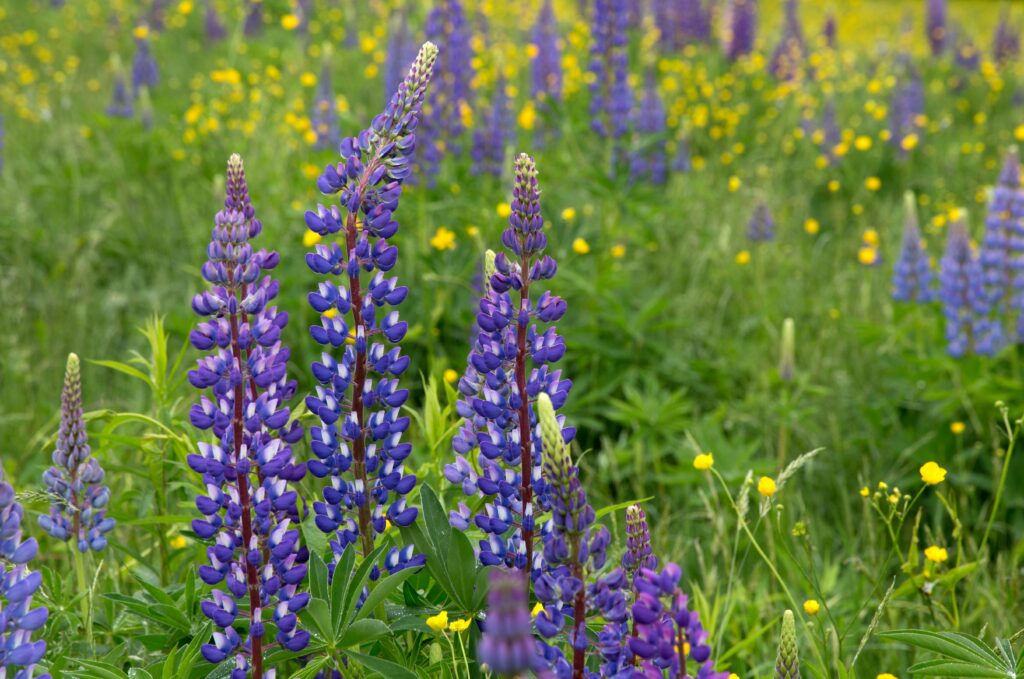
Here’s a step-by-step guide for starting Wild Lupine seeds indoors:
First, prepare your seeds. Remove from the fridge (if cold stratifying) and allow to come to room temperature.
Next, nick the seeds gently with a blade or remove some of the hard shell with sandpaper.
Then, soak your seeds in warm water overnight. You can allow them to soak for up to 48 hours but no longer.
Use a well-draining seed starting mix with a pH between 6.0 and 7.0. This ensures good drainage and promotes healthy root development.
Select cell trays, small pots, or soil blocks for planting. Ensure the containers have drainage holes.
Sow the Wild Lupine seeds about ¼ inch deep in the planting medium.
Keep the soil consistently moist but not waterlogged.
Maintain a temperature of around 65-75°F for germination. Consider using a heat mat for more precise control.
Wild Lupine seeds require light for germination. Do not cover them with soil, but gently press them into the surface.
Expect germination in about 14-21 days.
When seedlings have at least two sets of true leaves and are sturdy enough, transplant them into larger containers or into the garden if past the last frost date.
Preparing the Garden Bed for Growing Wild Lupine
Choose a sunny to partially shaded location with well-drained soil.
Wild Lupine thrives in slightly acidic to neutral soil with good drainage. Incorporate organic matter into the soil to improve fertility.
Plan for a diameter of about 12 to 15 inches for each plant.
Ensure they’ll receive at least 6 hours of sunlight per day.
Hardening Off Wild Lupine Starter Plants
Before transplanting Wild Lupine seedlings into the garden, gradually acclimate them to outdoor conditions over a period of 7-10 days.
Start by placing them outside for a few hours each day, gradually increasing the exposure.
Planting Wild Lupine into the Garden
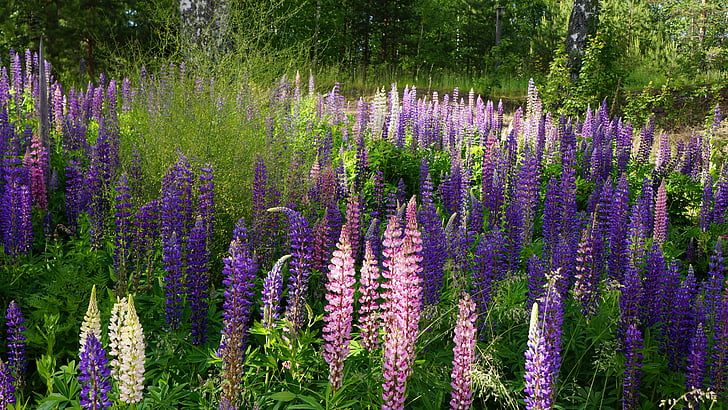
Plant seedlings at the same depth as they were in their containers.
Maintain 12-15 inch spacing between plants.
Apply a layer of organic mulch around the plants to retain soil moisture and deter weeds.
Water deeply after planting and continue to keep the soil consistently moist until the plants are established.
Caring for Wild Lupine Plants
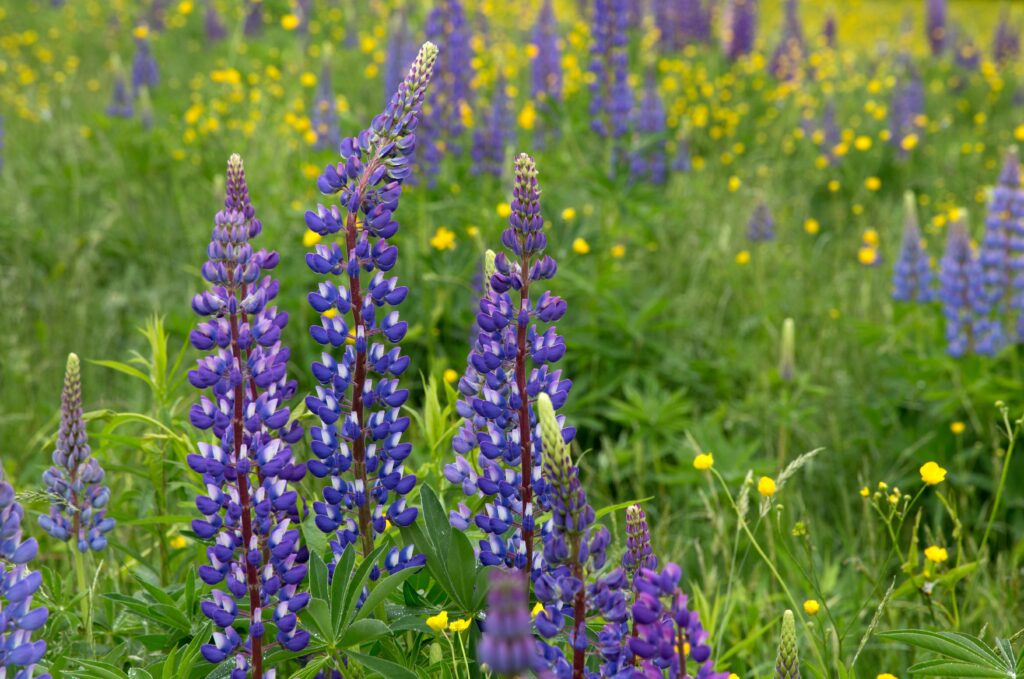
Watering: Provide about 1 inch of water per week, especially during dry spells.
Feeding: Wild Lupine generally doesn’t require heavy fertilization. However, a balanced, slow-release fertilizer can be applied sparingly in the spring.
Weeding: Keep the area around your Wild Lupine plants free of weeds to reduce competition for nutrients and water.
Tips and Tricks for Growing Wild Lupine
Prevent disease by providing good air circulation and avoiding overhead watering.
Wild Lupine tends to establish a taproot, so it’s best not to transplant mature plants.
Expect beautiful blooms in late spring to early summer. After flowering, allow the seeds to mature for next year’s growth.
With its striking beauty and ecological benefits, growing Wild Lupine from seed is a rewarding gardening task.
